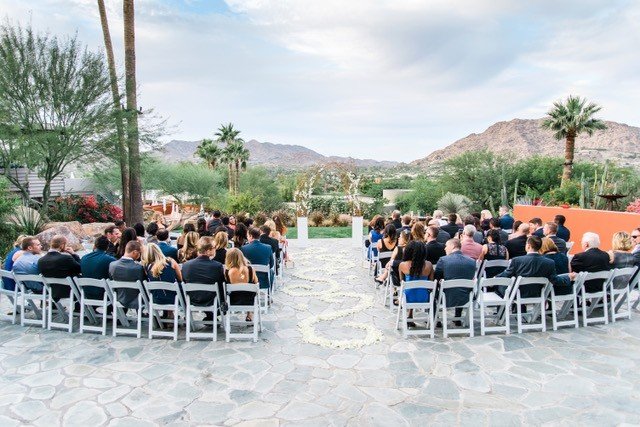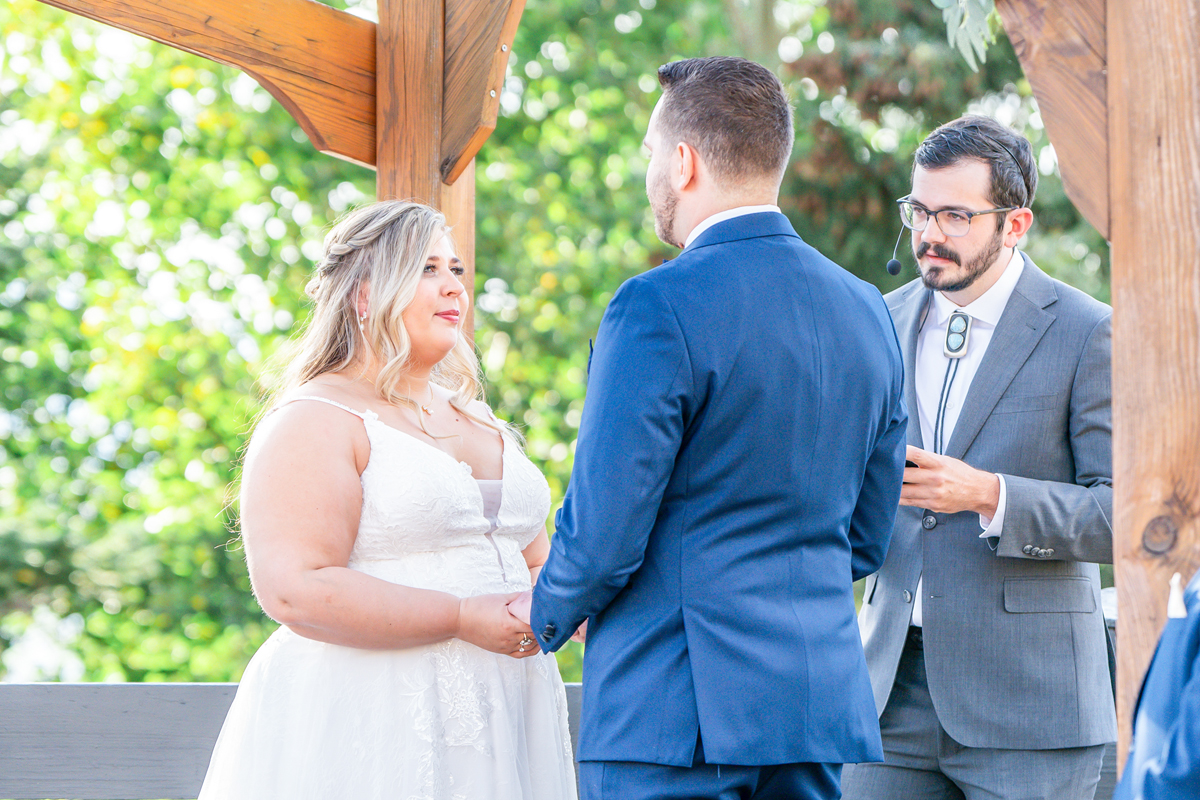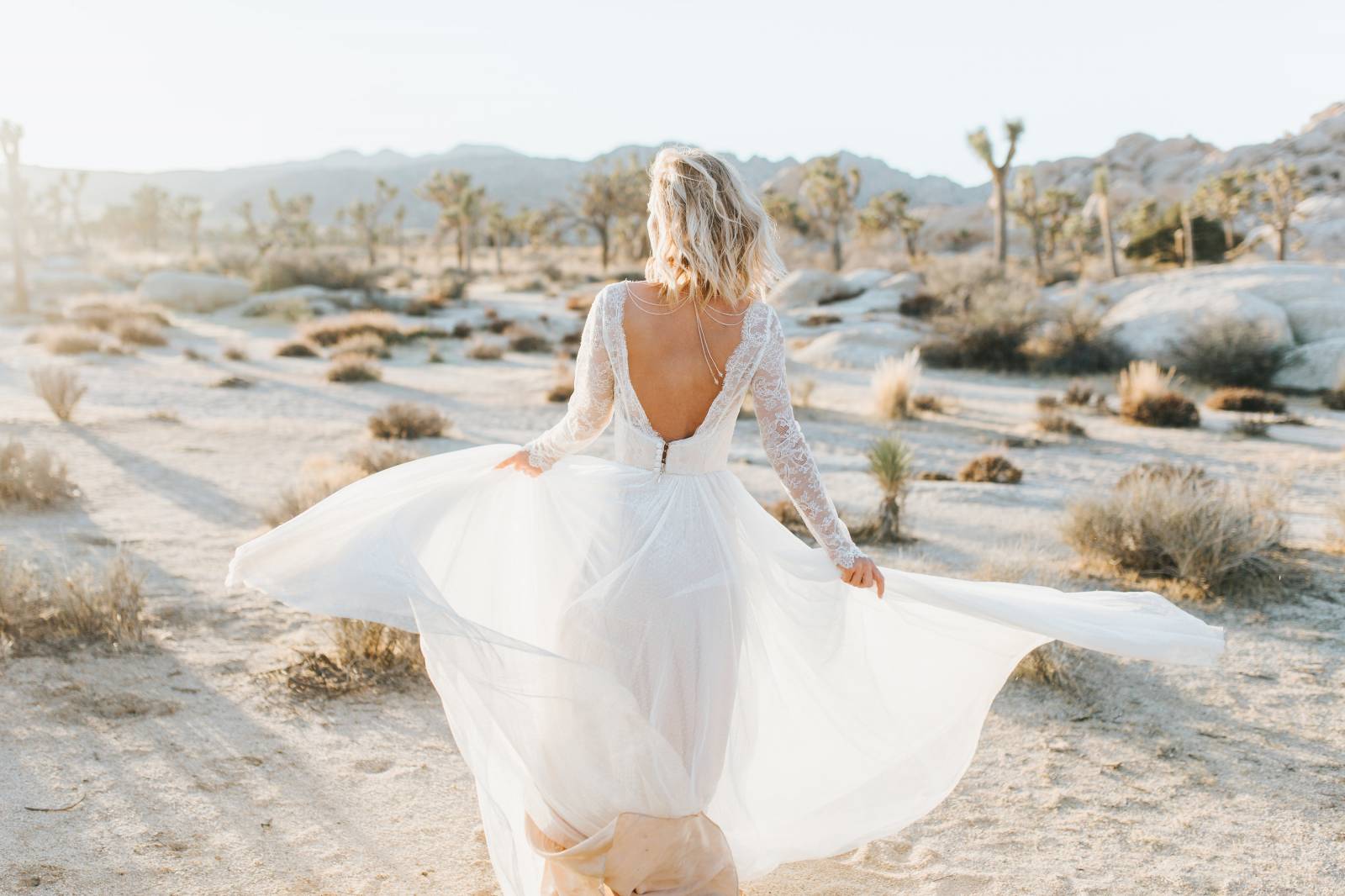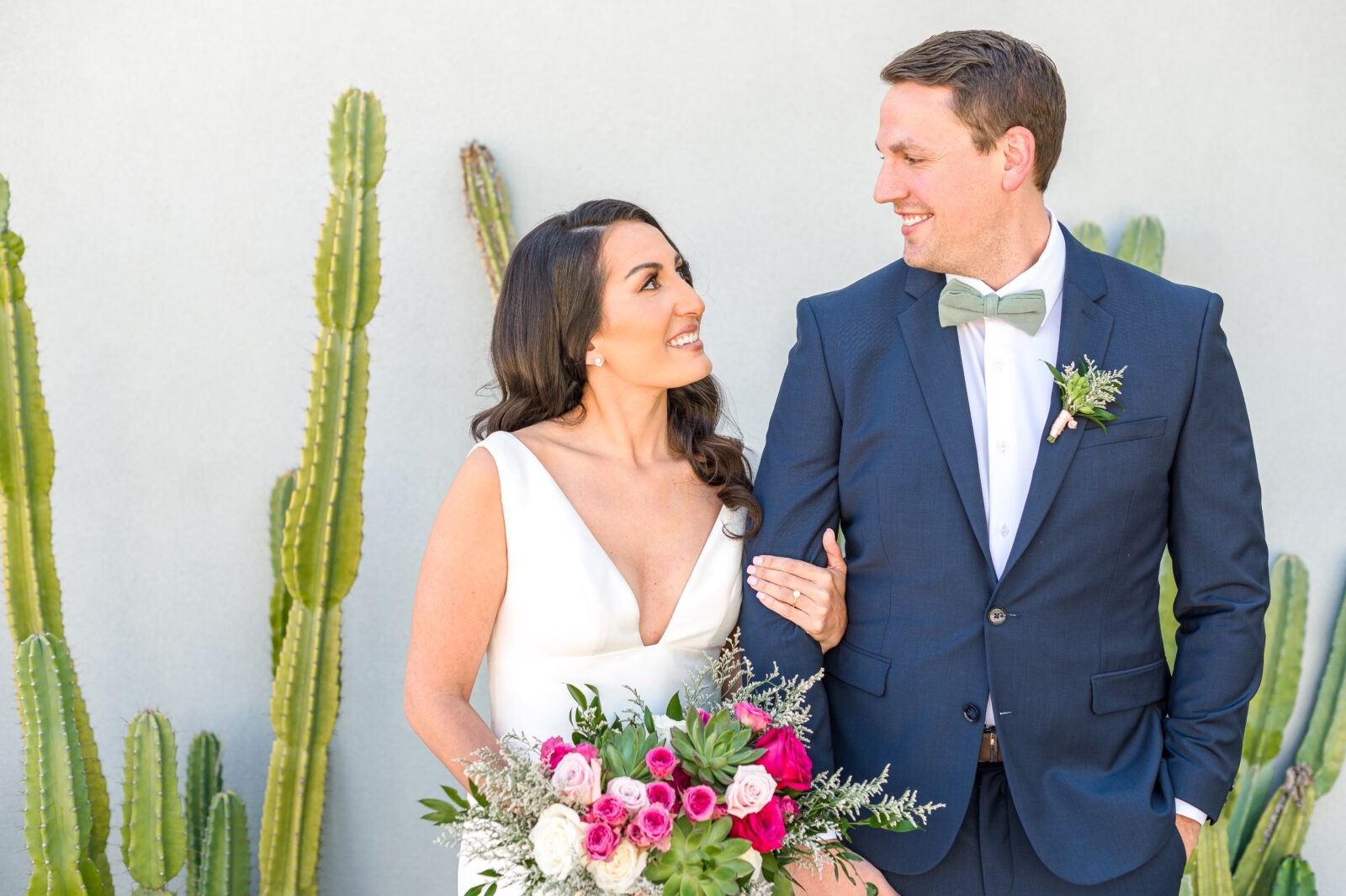Top 10 Desert Wedding Tips for Arizona Brides | Plan the Perfect Desert Wedding
Ultimate Guide to Arizona Wedding Venues (2025)
By Lovelee Photography – Wedding Photographers in Arizona & Southern California
Why Scottsdale & Phoenix Are Wedding Hotspots
- Golden desert light — ideal for dreamy wedding photos
- Luxury resorts, garden estates, and modern venues
- Mild winter and spring seasons (October–April)
- Easy travel from California, Nevada, and nationwide
Arizona desert weddings are stunning but require special planning — from handling the heat to working with natural backdrops. This article covers our top 10 desert wedding tips for brides in Phoenix, Scottsdale, and Sedona. For complete details on our statewide coverage, see the Arizona wedding photographers guide. Couples planning within the city should also visit our Phoenix page, while those considering coastal destinations can view our Southern California guide.

















Top 10 Desert Wedding Tips for Arizona Brides
Written by Lovelee Photography – Wedding Photographers in Arizona & Southern California
1. Plan Your Ceremony Around Golden Hour
The desert sun is beautiful — and intense. Schedule your ceremony 60–90 minutes before sunset to capture that soft, golden light that flatters every skin tone and makes your photos glow. Morning weddings can also work beautifully in spring months.
2. Choose a Desert-Friendly Dress
Lightweight fabrics like chiffon, silk, and crepe are perfect for staying cool. Consider ditching heavy ball gowns and opting for something flowy and breathable. Bonus points for dresses that move with the wind — they photograph like a dream!
3. Provide Guest Comfort: Shade & Hydration
Desert heat is no joke. Offer parasols, shaded lounge areas, sunscreen stations, and lots of cold water. Personalized fans or iced welcome drinks also go a long way in keeping guests happy and your wedding classy.
4. Be Mindful of Hair & Makeup
Desert heat + makeup = a challenge without the right team. Hire local HMU artists experienced with Arizona or Southern California weddings. Ask for humidity-resistant products and soft glam that complements natural tones.
5. Incorporate Local Florals
Succulents, air plants, eucalyptus, and dried accents hold up better in the desert than delicate florals. They also create a modern, earthy look perfect for Arizona and Southern California weddings. Work with florists who specialize in desert blooms.
6. Prepare for Wind & Dust
Plan for breezy conditions with secure hairstyles and decor that won’t blow away. Use heavy bases for centerpieces and consider grounding ceremony arches. Veils are gorgeous but can be tricky — consider a veil clip or short veil for more control.
7. Don’t Skip the Permits
If you’re eloping in public desert lands or having a ceremony at places like Desert Botanical Garden or Tonto National Forest, be sure to check what permits are required for events and photography. Some areas limit group size or restrict certain vendors.
8. Book Vendors Experienced with Desert Weddings
From photographers and planners to florists and caterers, working with vendors who know the desert climate will make a huge difference. They’ll help you avoid common pitfalls and ensure your day runs smoothly — even if the wind picks up or temperatures spike.
9. Make the Most of the Scenery
Use your venue’s natural beauty in your design. Let the cacti, rocks, and open sky shine. Keep your decor minimal and elevated, letting the surroundings speak for themselves. Think terracotta palettes, sunset hues, and neutral textures.
10. Hire a Photographer Who Specializes in Desert Light
Desert light is magical — if you know how to use it. We’re based in Arizona and Southern California and have years of experience capturing desert weddings with vibrant, natural style. From direct sun to shaded cactus gardens, we’ll guide you every step of the way.
📸 Contact Lovelee Photography to see if we’re available for your Arizona desert wedding date!
Bonus Tip: Have a Backup Plan
It may be dry, but Arizona and SoCal can still get rain or extreme heat. Talk to your planner about tents, indoor options, and what to do in case of a weather curveball. Peace of mind = more room for joy on your big day!
Popular Desert Wedding Locations in Arizona & Southern California
- Andaz Scottsdale
- El Chorro, Paradise Valley
- Mountain Shadows Resort
- Joshua Tree National Park (SoCal)
- Palm Springs, California
- Desert Botanical Garden, Phoenix
Top Arizona Wedding Venues in Scottsdale & Phoenix (2025)
Ultimate Guide to Arizona Wedding Venues (2025)
By Lovelee Photography – Wedding Photographers in Arizona & Southern California
Why Scottsdale & Phoenix Are Wedding Hotspots
Golden desert light — ideal for dreamy wedding photos
Luxury resorts, garden estates, and modern venues
Mild winter and spring seasons (October–April)
Easy travel from California, Nevada, and nationwide
Phoenix and Scottsdale remain at the heart of Arizona’s wedding scene, offering luxury resorts, mountain views, and iconic desert landscapes. This 2025 venue roundup shares the top places we’ve photographed in the Valley. To dive deeper into city coverage, explore our Phoenix wedding photographers page. For a broader look across the state, see our Arizona guide. Destination couples may also want to explore our Southern California page.




















Top Wedding Venues in Scottsdale and Phoenix
Arizona Biltmore, A Waldorf Astoria Resort
Located in central Phoenix, the Arizona Biltmore blends Hollywood history with timeless elegance. The property features multiple ceremony spaces — including lush lawns, a grand ballroom, and palm-lined paths — each a dream for romantic portraits. It’s especially perfect for couples looking for a black-tie or luxury wedding.
Photography tip: The early evening light dances beautifully off the Biltmore’s neutral stone architecture and expansive gardens.
Andaz Scottsdale Resort & Bungalows
Modern. Bold. Unforgettable. The Andaz Scottsdale is a favorite for couples seeking a chic, design-forward venue. Its artistic bungalows and lush desert landscaping offer a unique blend of color and style that pops in photos — especially during golden hour.
El Chorro
Nestled between Scottsdale and Paradise Valley, El Chorro features breathtaking views of Camelback Mountain, historic adobe charm, and manicured lawns. Its intimate outdoor settings are perfect for garden-style weddings with a touch of Southwest flair.
Desert Botanical Garden
If you want true desert vibes, Desert Botanical Garden in Phoenix is your spot. Think towering cacti, wide-open skies, and vibrant natural backdrops that showcase Arizona’s unique beauty. It’s ideal for eco-conscious and adventurous couples.
Mountain Shadows Resort
This boutique resort in Paradise Valley offers modern minimalism with an upscale desert twist. Mountain Shadows is known for its crisp architecture, stunning ceremony lawn, and unbeatable views of Camelback Mountain — a must for sunset ceremonies.
Compare Wedding Venues at a Glance
| Venue | Location | Capacity | Indoor/Outdoor | Style | Photo Rating |
|---|---|---|---|---|---|
| Arizona Biltmore | Phoenix | 250+ | Both | Classic Luxury | ★★★★★ |
| Andaz Scottsdale | Scottsdale | 150 | Outdoor | Modern Boho | ★★★★☆ |
| El Chorro | Paradise Valley | 200 | Outdoor | Southwest Elegant | ★★★★★ |
| Desert Botanical Garden | Phoenix | 150 | Outdoor | Natural/Desert | ★★★★☆ |
| Mountain Shadows | Scottsdale | 150 | Both | Minimalist Luxe | ★★★★☆ |
How to Choose the Right Venue
- Consider the size of your guest list and ceremony type
- Evaluate lighting for photography at your planned ceremony time
- Ask about shaded areas, especially for summer weddings
- Check if the venue requires you to use preferred vendors
- Look at backup options for heat or rain
Photographer Tips for Arizona Venues
As full-time Arizona wedding photographers, we offer walk-throughs and pre-scouting. Here’s how to get the most from your venue:
- Schedule your ceremony 60–90 minutes before sunset
- Plan for a first look if your timeline is tight
- Use the venue’s natural architecture for framing and light
- Book a team familiar with the venue — like us!
Real Wedding Inspiration
FAQs: Arizona Wedding Venues
What is the best time of year to get married in Scottsdale?
October through April offers the best weather — sunny, dry, and ideal for outdoor ceremonies.
Do I need permits to get married in a botanical garden or park?
Yes. Most public spaces like Desert Botanical Garden require a wedding reservation and permit.
How far in advance should I book my venue?
For top venues, 12–18 months in advance is ideal. Popular fall weekends go fast!
Ready to Book Your Arizona Wedding Photographer?
We’d love to help you find the perfect venue and document your day with artistic, timeless photography. At Lovelee Photography, we specialize in:
- Fine art + documentary-style wedding coverage
- Custom timelines & location scouting
- Quick turnaround & sneak peeks within 72 hours
Best Time of Year to Get Married in Scottsdale | Expert Arizona Wedding Photography Tips
Best Time of Year to Get Married in Scottsdale
Photographers
Why Scottsdale is a Dream Wedding Destination
Scottsdale, Arizona is renowned for its breathtaking desert landscapes, luxury
resorts, world-class golf courses, and vibrant arts scene — making it one of the most
sought-after wedding destinations in the Southwest. Whether you envision an intimate
desert elopement or a grand celebration under the stars, Scottsdale offers an array of
beautiful venues and photo opportunities that capture the essence of the Southwest.
As professional Arizona wedding photographers who
have shot dozens of weddings in Scottsdale and the surrounding areas, we know that timing
your wedding to the right season can make all the difference in your experience and
wedding photos.
















What Makes Timing Your Scottsdale Wedding So Important?
Scottsdale’s desert climate means temperatures vary widely throughout the year,
influencing not only your comfort but also your venue options, guest experience, and
wedding photography conditions. Choosing the ideal month for your wedding ensures:
- Comfortable temperatures for outdoor ceremonies and receptions
- Beautiful natural light and scenic backdrops for stunning photos
- Venue availability and pricing advantages
- A memorable experience for you and your guests
Best Months to Get Married in Scottsdale
March to May: Springtime Magic
Spring is arguably the most popular time for weddings in Scottsdale. From March through
May, daytime temperatures range from the high 60s to mid 80s°F — ideal weather for outdoor
events. The desert flora bursts into bloom, creating vibrant and colorful scenery that
adds a natural, romantic touch to your photos.
Spring also brings moderate humidity and longer daylight hours, allowing plenty of time
for golden hour photography. Popular venues book quickly during these months, so it’s
wise to reserve your date well in advance.
September to November: The Beautiful Fall Season
Fall is another excellent wedding season in Scottsdale. After the intense summer heat
subsides, September to November offers pleasant weather with temperatures averaging
between the mid 70s and low 90s°F. The cooler evenings are perfect for sunset ceremonies
and dancing under the stars.
Fall weddings benefit from spectacular sunsets and soft, warm light that enhances the
natural desert tones in your wedding photos. This season also tends to be less crowded
than spring, sometimes allowing for more venue flexibility and potential cost savings.
Winter Weddings: December to February
Winter in Scottsdale is mild compared to many other parts of the country, with daytime
highs averaging in the 60s and lows occasionally dropping below 40°F at night. This
season is great for couples seeking an off-peak wedding date with fewer crowds and unique
lighting conditions.
Keep in mind that shorter daylight hours require careful planning to maximize natural
light for photography. Indoor ceremonies and receptions are popular in winter, but many
outdoor venues remain available with cozy heating options.
Summer Weddings: What to Expect From June to August
Summer in Scottsdale is hot — sometimes dangerously so — with temperatures regularly
exceeding 100°F and even reaching 115°F or higher. Outdoor ceremonies during the day are
often uncomfortable for guests and risky for bridal parties.
However, if you love the idea of a summer wedding in Scottsdale, consider a late evening
ceremony or a fully indoor event with professional cooling systems. As photographers, we
are well-versed in making the most of these conditions with quick photo sessions and
creative lighting techniques.
Seasonal Wedding Photography Tips in Scottsdale
Spring & Fall
These seasons offer soft, warm light perfect for natural portraits and golden hour
photos. The blooming desert plants in spring and the dramatic skies in fall provide
beautiful, unique backgrounds. We recommend scheduling your couple portraits during
sunrise or sunset for the best light.
Winter
Winter light is cooler and softer. Plan for earlier photo sessions due to the shorter
days. Cozy props like shawls and blankets can add charm to your photos while keeping you
comfortable.
Summer
Utilize shaded venues and plan portraits around early morning or late evening. Our
photography style adapts to these conditions with off-camera lighting and shaded spots to
avoid harsh midday sun.
How Venue Selection Ties into the Best Time of Year
Scottsdale boasts an impressive variety of wedding venues—from desert golf clubs and
luxury resorts to botanical gardens and art museums. Many venues have seasonal pricing
and availability, so your wedding date may impact your options.
Popular venues like The Boulders Resort,
Kierland Resort, and
The Scottsdale Omni tend
to book quickly during prime wedding months in spring and fall.
Off-peak months may offer better pricing and more flexibility but require careful
consideration of weather and daylight conditions.
Why Hire a Local Scottsdale Wedding Photographer?
Hiring a local photographer like Lovelee Photography means you get more
than just pictures—you get expert knowledge of Scottsdale’s best locations, hidden gems,
and seasonal light patterns. We tailor our approach to the time of year to capture your
wedding day perfectly.
We also understand the nuances of desert weddings—from managing heat to planning for
unexpected weather—and can provide practical advice to make your day smooth and
stress-free.
Check out our Scottsdale wedding photography portfolio to see
how we capture the beauty of every season.
Final Thoughts: Plan Your Scottsdale Wedding for the Perfect Season
The best time of year to get married in Scottsdale depends on your vision, guest
comfort, and venue availability. Spring and fall remain the top choices for most couples
due to ideal weather and stunning natural beauty.
Winter can be a charming and intimate alternative, while summer weddings require more
strategic planning but offer unique opportunities for nighttime celebrations.
Whatever season you choose, booking a professional, experienced wedding photographer is
key to preserving the memories of your special day.
Contact Lovelee Photography today to check
availability and start planning your dream Scottsdale wedding.
Los Angeles California Wedding Photographers | Our Mission at Lovelee Photography
At Lovelee Photography, we believe that your wedding photos should be more than just beautiful images — they should be timeless, emotional, and uniquely yours. Our mission is to serve couples throughout Los Angeles, Malibu, and Santa Monica with a luxury wedding photography experience that blends refined artistry with heartfelt storytelling. Whether you’re exchanging vows under the palm trees of Malibu or celebrating beneath the city lights of Downtown LA, we are here to preserve your love story with intention and care.
Capturing Emotion Through Connection
We know that the best wedding photos come from genuine connection. That’s why we take the time to get to know every couple — your story, your style, and what matters most to you on your wedding day. This personal connection allows us to craft imagery that reflects your relationship, not just poses. As experienced Los Angeles wedding photographers, we approach each celebration with sensitivity, professionalism, and creativity, ensuring your photos feel honest and unforgettable.
Photography Rooted in Purpose and Style
Our true-to-color editing style is inspired by natural light, clean composition, and timeless elegance. We specialize in guiding our couples with confidence and calm, making you feel comfortable and present throughout the entire day. From bridal portraits in Santa Monica to first dances in Beverly Hills, our mission is to document each moment authentically while enhancing your experience with a touch of luxury. This is not just photography — it’s visual storytelling with heart.
Serving Southern California with Excellence
We proudly serve Los Angeles, Malibu, and Santa Monica and offer tailored photography collections to meet the needs of weddings of all sizes and styles. From intimate beach elopements to large-scale luxury weddings, we provide clear communication, guided timelines, and high-end service every step of the way. Our associate photographers are trained in the Lovelee method and are committed to the same standard of quality and care.
Your Legacy in Images
When your wedding day ends and the moments start to fade, your photographs will bring those memories vividly back to life. Our mission is to create a visual legacy of your wedding day — one that you can share with your children, your family, and your future selves. At Lovelee Photography, we are honored to play a part in that legacy and to preserve your love in a way that is meaningful, elevated, and timeless.
Begin Your Photography Experience
If you’re looking for a trusted, high-end wedding photography team in Los Angeles, Malibu, or Santa Monica, we would love to connect. Reach out today to start your journey with Lovelee Photography and explore what it means to have your story captured with heart and style.
📍 Now booking weddings in Los Angeles, Malibu, Santa Monica, Beverly Hills, West Hollywood, and all of Southern California.
Phoenix & Scottsdale Arizona Wedding Photographers | Our Mission at Lovelee Photography
Wedding Photography with Heart and Purpose
We know your wedding day is one of the most cherished events of your life, and we believe your photos should reflect not just how it looked — but how it felt. As experienced Phoenix wedding photographers, our approach is rooted in real connection, emotional storytelling, and a signature true-to-color editing style that stands the test of time. Our goal is to create a visual experience that captures your personality and celebrates your love.
Serving Phoenix & Scottsdale Couples with a Luxury Experience
Our photography process is designed to feel effortless, calm, and highly personalized. We serve as your trusted guide — helping with posing, timelines, lighting, and all the small details that lead to breathtaking photos. Whether you’re planning a chic Scottsdale resort wedding, a romantic elopement in the desert, or a traditional church ceremony in Phoenix, our mission remains the same: to deliver a stress-free, luxury experience from start to finish.
What Sets Lovelee Photography Apart
As full-time Scottsdale wedding photographers, we are committed to building genuine relationships with our couples. We take the time to understand your story, listen to your vision, and make you feel at ease in front of the camera. This connection leads to natural, emotionally rich images that reflect the true spirit of your celebration. We also offer customizable wedding photography packages with options like engagement sessions, second shooters, and heirloom albums.
A Legacy That Lasts a Lifetime
After the music fades and the celebration ends, your photographs will live on — as heirlooms, as memories, and as your visual legacy. At Lovelee Photography, our mission is to preserve every detail, emotion, and joyful moment in a way that feels true to you. We are honored to be part of your story and committed to delivering images that you and your family will cherish for generations.
Let’s Begin Your Arizona Wedding Photography Journey
If you’re searching for a trusted wedding photographer in Phoenix or Scottsdale, we would be honored to capture your celebration. Get in touch with us today to learn more about our offerings, view our portfolio, and begin your journey with Lovelee Photography — where luxury meets emotion and your love story takes center stage.
📍 Proudly serving Phoenix, Scottsdale, Paradise Valley, Sedona, and all of Arizona.
Photo Booth Essentials for Your Wedding Day
Photo Booth Essentials for Your Wedding Day



Wedding Photography
A photo booth is a fantastic addition to any wedding celebration, offering guests a fun and interactive way to capture memories of your special day. From props and backdrops to lighting and technology, there are several essentials to consider when setting up a photo booth that will delight your guests and leave you with cherished mementos. This article guides you through the process of creating an unforgettable photo booth experience, covering key considerations, popular trends, and expert tips to ensure your wedding photo booth is a hit.
Introduction
Weddings are a time for joy, laughter, and celebration , and what better way to capture these moments than through a photo booth? A well-designed photo booth can become the heart of your wedding reception, providing endless entertainment for your guests and creating a treasure trove of memories for you to cherish. Whether you’re envisioning a classic setup with props or a more modern, high-tech experience, this article will help you navigate the essentials of creating a memorable photo booth for your big day.
Key Components of a Photo Booth
Props and Accessories
Props are what make photo booths truly special. They add a playful touch and encourage creativity among your guests. Popular props include:
- Hats and Wigs: From fedoras to oversized sunglasses, these add a comedic element.
- Signs and Banners: Personalized signs with your names or special messages are a great way to commemorate your wedding.
- Inflatables and Balloons: Fun inflatables like guitars or oversized sunglasses can add a whimsical touch.
- Glasses and Masks: Quirky glasses and masks can create hilarious and memorable photos.
Backdrops
The backdrop sets the scene for your photos. It can be a simple colored wall, a floral arrangement, or even a custom design that matches your wedding theme. Popular options include:
- Green Screen: Allows for digital backdrops to be added later, offering endless possibilities.
- Floral Walls: Beautiful and elegant, perfect for a romantic or vintage-themed wedding.
- Custom Designs: Can include your names, wedding date, or special messages.
Lighting
Proper lighting is crucial for capturing high-quality photos. Consider using:
- Softbox Lights: Provide even, soft illumination that flatters facial features.
- Ring Lights: Great for reducing shadows and creating a flattering glow.
- Natural Light: If possible, position the booth near a window to utilize natural light.
Technology and Software
Camera Quality
Invest in a high-quality camera that can capture clear, well-lit images. Consider using a DSLR or mirrorless camera for superior results.
Printing Options
Offer instant printing so guests can take home their photos as a keepsake. Many modern photo booths come with built-in printers.
Digital Sharing
Ensure your photo booth allows guests to share their photos directly to social media or via email. This can be a great way to create a buzz around your wedding .
Popular Trends in Wedding Photo Booths



Wedding Photography
Social Media Integration
Many photo booths now integrate with social media platforms, allowing guests to share their photos instantly using a custom hashtag.
Customization
Personalize your photo booth with custom backdrops, props, and even branded prints to match your wedding theme.
Interactive Experiences
Consider adding interactive elements like GIF booths or slow-motion video capabilities to keep guests entertained.
Sample Photo Booth Essentials Table
|
Component |
Options and Considerations |
|
Props |
Hats, Signs, Inflatables, Glasses |
|
Backdrops |
Green Screen, Floral Walls, Custom Designs |
|
Lighting |
Softbox Lights, Ring Lights, Natural Light |
|
Technology |
High-Quality Cameras, Instant Printing, Digital Sharing |
|
Trends |
Social Media Integration, Customization, Interactive Experiences |
Expert Tips for a Successful Photo Booth
Location, Location, Location
Position your photo booth in a high-traffic area to encourage participation.
Promote the Booth
Use announcements or signs to remind guests about the photo booth and its features.
Encourage Participation
Have a designated person to manage the booth and encourage guests to take photos.
Capture Memories
Consider hiring a professional to oversee the booth and ensure everything runs smoothly.
Conclusion
A photo booth is more than just an entertainment option; it’s a way to capture the joy and laughter of your wedding day. By focusing on key components like props, backdrops, and technology, and embracing popular trends, you can create a memorable experience for your guests and a treasure trove of photos to cherish for years to come.
In the end, the success of your photo booth depends on your creativity and attention to detail. By incorporating personal touches and ensuring that the setup aligns with your wedding vision, you can create a truly unforgettable experience. So, don’t hesitate to get creative and make your photo booth a highlight of your special day.
